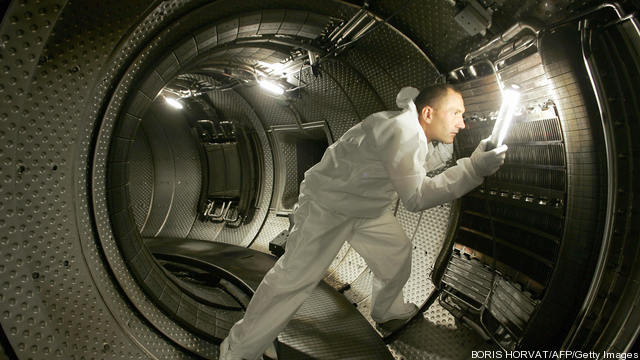
The U.S. innovation system has a rich history of developing transformational technologies that usher in new eras of economic growth. The ultimate success of all energy technologies – whether coal, natural gas, oil, hydropower, nuclear, solar, or wind – has depended upon a tradition of public support during their research and development stage.
Consistent R&D support allowed new technologies to move through the stages of innovation – from basic and applied research, to prototyping, demonstration, commercialization, until they are finally market competitive. This process often takes decades, so returns are uncertain and dispersed, meanwhile, costs are certain, immediate, and focused, – so the private sector underinvests in R&D. Since the private market is not designed to address these problems, there is a clear role for smart government policy. Keep reading →









